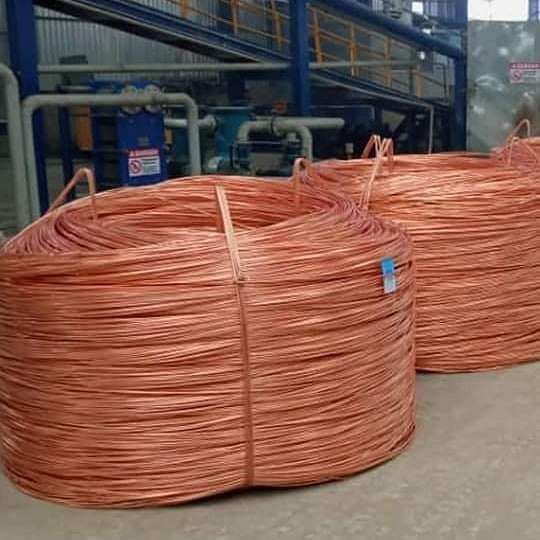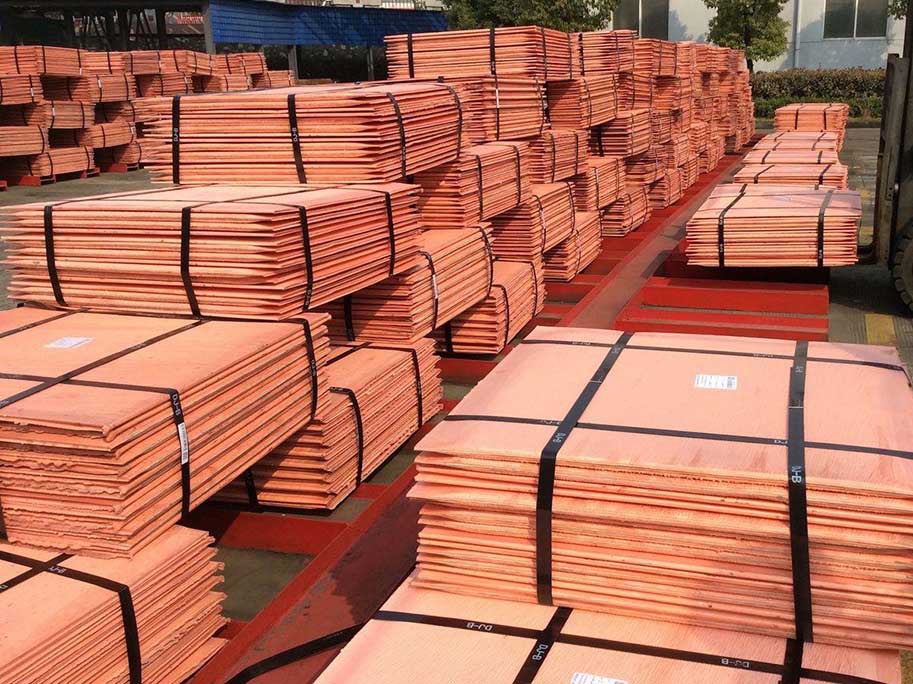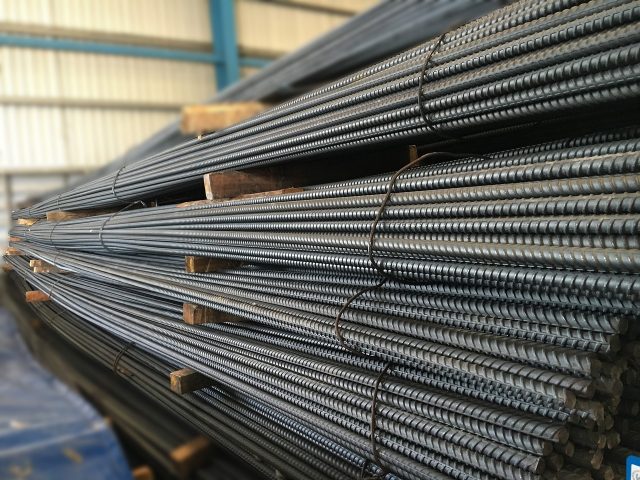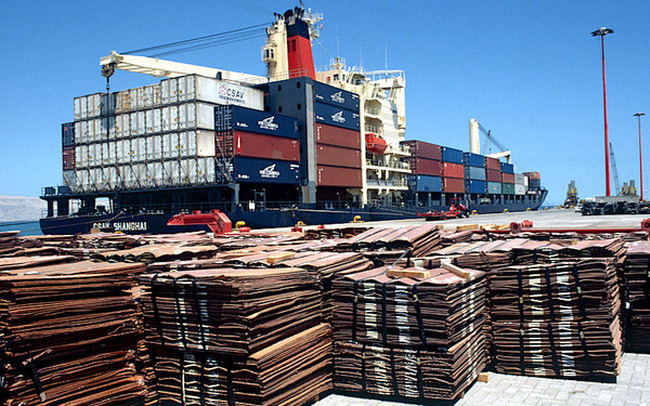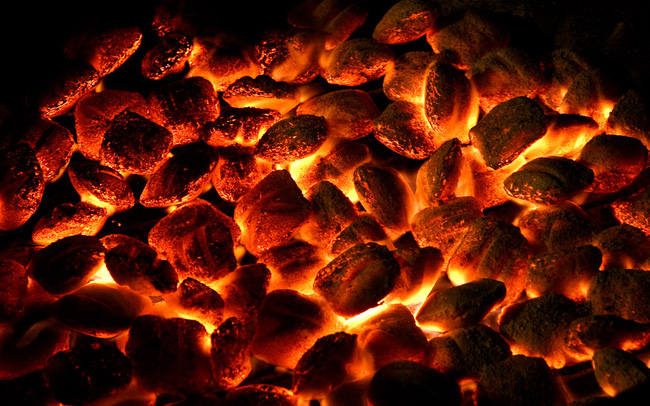The trading session on July 12 ended with commodity prices dropping simultaneously due to the strong USD exchange rate and concerns about the world economy’s recession because of the recurrence of the COVID-19 pandemic in China. The dollar at one point rose to 108.56, the highest level since October 2002.
Oil plummeted
Oil prices fell sharply in the session 12/7, with Brent oil losing 7 USD to below the threshold of 100 USD/barrel, the lowest level in 3 months, while WTI oil dropped to nearly 95 USD/barrel, due to the strong USD, but measures against the COVID-19 epidemic in the world’s top crude oil importer – China – and increased fears of a global economic recession.
Ending the session, the price of Brent oil fell $7.61, or 7.1%, to $99.49 per barrel, the lowest since April 11; US West Texas Intermediate (WTI) crude fell $8.25, or 7.9%, to $95.84, also the lowest in three months.
Compared to its peak in March of this year, Brent is down 29%, while WTI is down 27%.
Oil prices are generally priced in US dollars, so a stronger greenback makes commodities more expensive for holders of other currencies. Investors also tend to see the USD as a safe haven during volatile market times.
Fear of a recession also forced investors to dump oil-related derivatives at the fastest rate since the beginning of the pandemic.
Gold lowest in 9 months
Gold prices hit a nine-month low on July 12 as the dollar strengthened and the market bet on higher interest rates, while investors awaited a series of US economic data to be able to see. determine the rate of monetary tightening.
At the end of the session, spot gold fell 0.5% to $1,724.80 per ounce, August gold futures fell 0.4% to $1,724.8.
“The rush to the dollar (investors) and expectations for interest rates to rise even higher, as inflation continues to rise,” said Daniel Pavilonis, senior market strategist at RJO Futures. strong, is putting pressure on gold”.
Aluminum at 14-month low, copper also fell
Aluminum prices fell to their lowest levels in more than a year as supply is expected to increase from the world’s top producer – China, where smelters are increasing output.
Three-month aluminum futures on the London Metal Exchange (LME) ended July 12 down 0.8 percent at $2,360 a tonne, after hitting its lowest point since May 2021. , is 2,352 USD.
Copper price in the last session fell 3% to 7,354 USD/ton.
Primary aluminum production in China is increasing as the restriction on electricity consumption has gradually decreased. Output in May reached a record 3.42 million tons, up 3.1% year-on-year and 3.36 million tons in April.
Lowest arabica coffee 2 months
ICE arabica coffee futures fell sharply to a two-month low as the world’s top coffee producer – Brazil’s currency weakened and the prospect of a global recession could limit consumption. .
Specifically, the price of arabica coffee for September delivery fell 7.9 cents, or 3.7%, to $2.0535/lb at the close, after hitting a two-month low of 2. 0475 USD.
The price of robusta coffee delivered in September also decreased by 12 USD, or 0.6%, to 1,954 USD/ton.
Reduced cereals
U.S. grain and soybean prices both fell sharply in the past session after the US Department of Agriculture (USDA) raised its forecast for the supply of these crops while reducing expectations for demand.
Corn, soybean and wheat futures prices have all retreated to pre-war levels in Ukraine. Concerns about slowing economic growth denting demand also weighed on grain prices.
On the Chicago Mercantile Exchange, December corn futures fell 42-1/2 cents to $5.86-1/2 per bushel, while November soybeans fell 62 cents to $13.43 per bushel, and rice September wheat futures fell 42-1/4 cents to 8.14-1/4 USD/bushel.
Cotton lost more than 4%
U.S. cotton prices fell more than 4% in the past session on the back of a strong dollar and expectations of lower demand for natural fibers, especially from the world’s largest customer – China.
The December cotton futures contract fell 3.82 cents, or 4.03%, to 90.92 cents/lb at the close, trading range between 90.84 and 94.9 cents/lb. lb.
China announced overnight that it had reduced its import forecast for this year to around 8 million bales amid the COVID-19 outbreak causing multiple lockdowns. China has also reduced its overall consumption estimate to 36 million bales. China is one of America’s largest cotton consumers.
Solid rubber
Rubber prices in Japan were firm in the last session with a narrow range of fluctuations due to the impact of two opposite factors: Fear of a global economic recession when the COVID-19 epidemic re-emerged in China and Japan. Japan, and the yen weakened and the price of rubber in Shanghai increased.
Ending session 12/7, rubber for December term on the Osaka floor fell 0.1 yen to 247.6 yen (1.8 USD)/kg.
Meanwhile, September rubber on the Shanghai futures exchange rose 35 yuan to 12,685 yuan ($1,885) per ton.
Iron ore decrease
Iron ore futures on both the Dalian and Singapore exchanges fell in the past session on concerns about weak demand in China.
The most-traded iron ore contract for September delivery on the Dalian Commodity Exchange fell as much as 4.7% to 709 yuan ($105.38) a ton, the lowest since July 6. .
On the Singapore Exchange, the August iron ore contract fell 2.4% to $107.40 a tonne at the close, after falling to $105.80 at one point, the lowest this year.
T&G Import-Export Joint Stock Company
Address: 352 Hue Street, Le Dai Hanh Ward, Hai Ba Trung District, Hanoi
Hotline: 02473010868
Email: hrm@tginterjsc.com
Website: http://tgimportexport.com



